Overview
Map
Other Details
كنيسة مار جرجس
Ghalboun
Jbeil
Mount Lebanon
كنيسة مار جرجس: غلبون كنيسة القرية الأولى كانت تقع في محلّة الحوش. بعد توسّع القرية مع بداية القرن التاسع عشر، قرّر الأهالي بناء كنيسةٍ جديدةٍ مكان محبسة مار جرجس والتي كانت قائمة بدورها على أنقاض معبدٍ فارسيٍ. وواجهة الكنيسة الغربية ما زالت تحتفظ بشعار الإمبراطوريّة الفارسية، النمر وزهرة اللّوتوس.. أما المذبح القديم فقد إستقدمه الخوري بطرس أبي سليمان من روما، بواسطة البطريرك الياس الحويّك. ورُسمت على جدران الكنيسة أيقونات بريشة كنعان ديب الذي رسم أيقونة مار جرجس القديمة،سنة ١٩٠٤. سنة ٢٠٠٦ رُمّمت الكنيسة. The church of St George - Ghalboun The first parochial church was built in the Hawsh area. With the expansion of the village in the beguiling of the XIXth century the locals decided to build their new church over an old hermitage dedicated to St George. The hermitage was built over a Persian Achaemenid watch tower. The church’s western wall still holds a stone from the old tower with Achaemenid engravings: a tiger and a lotus. The church was decorated with frescoes and a painting of St George by Kanaan Dib in 1904. The old marble altar was brought from Rome by Fr. Boutros Abi Sleiman with the aid of Patriarch Elias Howeyck. In 2006 the church was restored.
Visited 2441 times, 3 Visits today


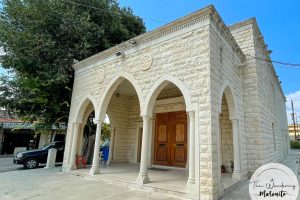
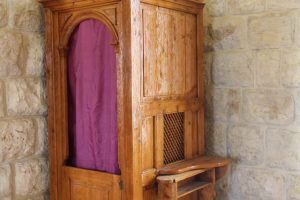
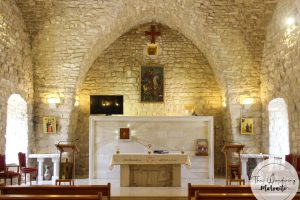
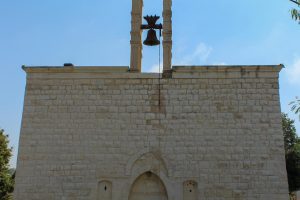
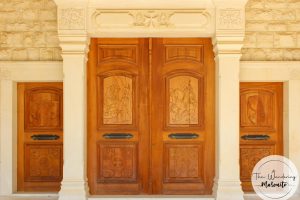
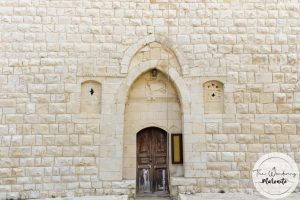






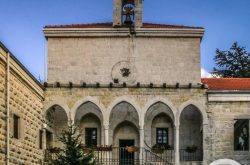
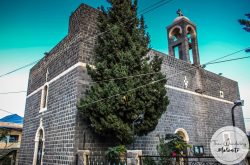
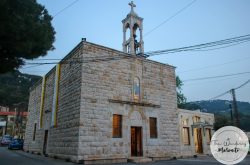
Reviews are disabled, but trackbacks and pingbacks are open.